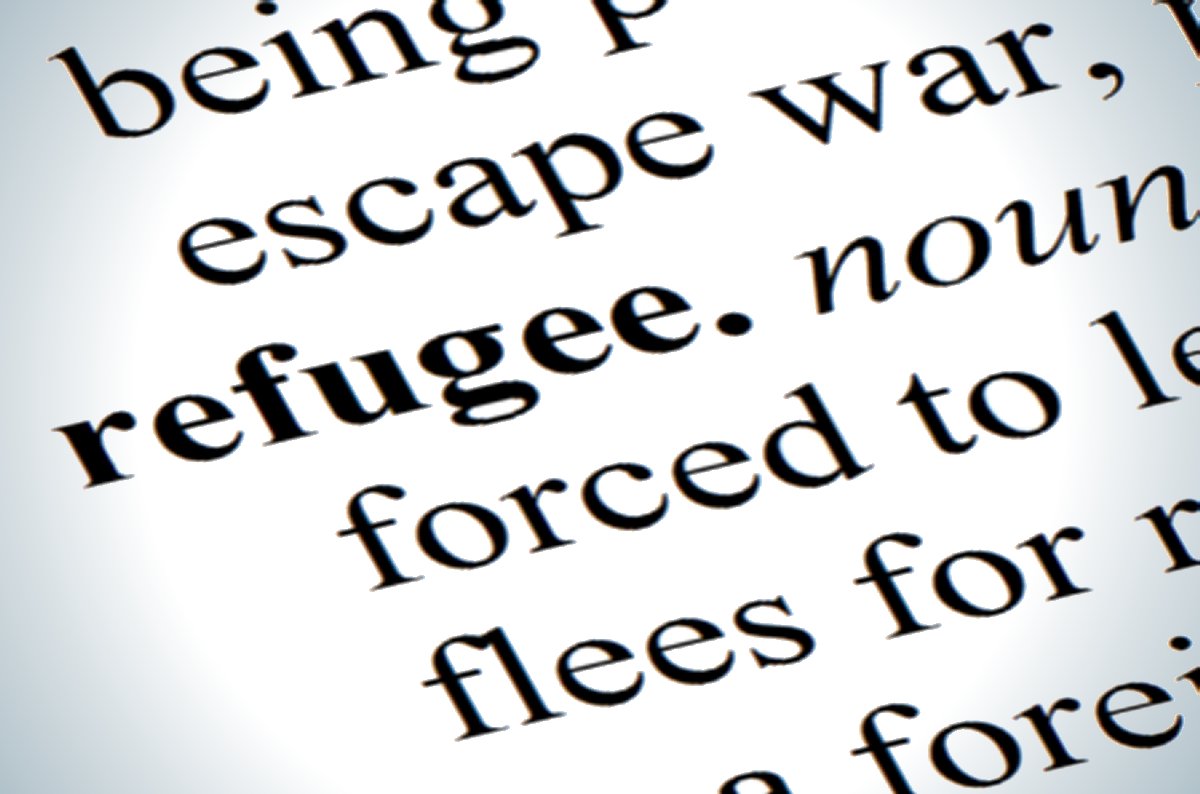The search for what to discuss in this blog
post began with a somewhat belated and disconcerting realization that President
Trump’s initial travel ban took place over a year ago now. And yet, in my
fairly limited news consumption, I was still seeing it mentioned pretty
regularly and come to find out the latest version has been coined travel ban
3.0 in the news. Additionally, our class had the opportunity to hear from Katie
Willocks who works at Bridge Refugee Services in Knoxville. She described the
initial resettlement process and assistance refugees receive from Bridge, as
well as, highlighted some new challenges Bridge has faced since President
Trump’s election, the travel ban, and the lowered quota for resettlement (the
new quotas are less than half of those from the Obama administration and even
the approx. 45,000 are not on track to be achieved). In addition, to a changing
political environment, resettled refugees are also introduced into new and
sometimes less than ideal economic environments. Currently our class is reading
‘Making Refuge: Somali Bantu Refugees and
Lewiston, Maine’ and had questions about Somali refugees’ current
situation, as it turns out Katie told us there is a community of Somali
refugees resettled in my home city of Nashville, TN.
This brings us to the
topic of this blog post. The Nashville Scene is a newspaper that I have seen
millions of time back home and it is usually a good spot to find local art and
music. Well in my search I found the article “Refugees are People,” written by
Jennifer Justus and published Feb. 23, 2017, only weeks after the original
travel ban took effect. The piece leads of with the news of the ‘Muslim’ travel
ban then moves into what the resettlement process looked like at the time it
took effect. Jennifer discusses many of the same challenges that Katie
described to our class including the time waiting for resettlement and the
financial and time expectations placed on refugees upon arrival. I chose to
feature this article in this blog post because on one hand it challenges the
current mainstream media portrayal of refugees in a negative light, and on the
other hand it actively demonstrates how the life trajectory of refugees is not
one size fits all. Jennifer interviewed six refugee families from Asia, Africa,
and the Middle East who come from a range of religious, economic, and
educational backgrounds. Some are more recent arrivals while others have been
in the U.S. or Nashville for years. Their stories demonstrate many of the same
dynamics found in Catherine Besteman’s book (Making Refuge) concerning interactions with the local population,
the significance of community, and most importantly that there is no common
trajectory for assimilation. Lastly, it highlights the variety of ways refugees
are deciding to navigate the current political and economic climate in the U.S.
by engaging at the local level to combat stereotypes and bring about positive
change.
P.S. to fellow Nashvillians: This
article shows us a picture of the future of Nashville as an inclusive city, and
I for one would consider the presence of a Somali owned coffee shop next door
to a meat and three café a positive improvement for the character of the city.


No comments:
Post a Comment